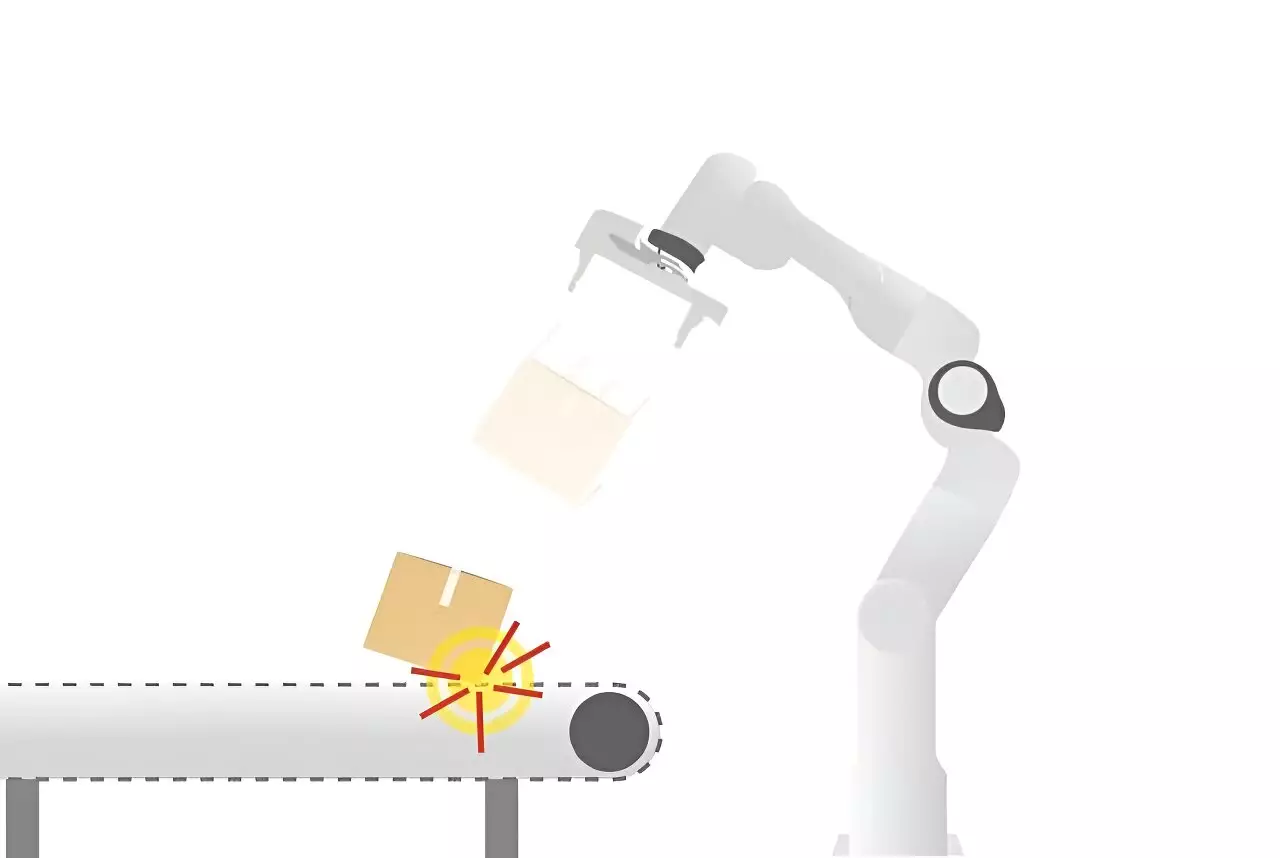The landscape of robotics has evolved significantly over the past years, particularly within industries such as automotive manufacturing. However, as the field advances, there is a notable shift toward integrating robots into more varied applications, especially in logistics. The growing prevalence of automation signals immense potential, yet it is crucial to recognize that contemporary robots are still constrained by various limitations. These machines typically execute a single, repetitive action or follow a predetermined sequence of tasks, which restricts their operational versatility. To unlock their full potential and drive greater efficiency, a paradigm shift is necessary—robots must be designed to mimic human-like abilities, including rapid physical interaction, spatial awareness, and the capacity to adapt swiftly to dynamic environments.
Eindhoven University of Technology has been at the forefront of this transformative journey, spearheaded by the work of Associate Professor Alessandro Saccon. Saccon’s recent endeavor, the I.AM project, delves into the advancement of impact-aware robots, emphasizing the importance of fast physical interactions. The research acknowledges that some tasks present significant safety hazards or ergonomic challenges for humans. For example, handling heavy luggage in airports, performing maintenance in high-risk nuclear environments, or responding to emergencies would be better suited for machines rather than people. Additionally, with plans for space exploration on the horizon, robots must evolve to interact dynamically with their surroundings.
Despite technological advancements, conventional robots are still limited in their interaction capabilities, particularly their speed and agility when encountering physical objects. Traditionally, robotic systems have been optimized to avoid collisions, with a plethora of research emphasizing collision avoidance strategies. However, Saccon’s project introduces an innovative perspective by focusing on collision exploitation—an approach that enables robots to make rapid, reliable movements while handling heavy objects. The core challenge lies in training robots to anticipate and respond to unforeseen circumstances, such as unexpectedly heavy objects or slight misalignments in perception.
Key to the project’s success was the application of first-principle physics principles encompassing mass and friction, coupled with advanced software simulations. While simulations cannot perfectly replicate real-world robot behavior, they serve as valuable tools for refining control algorithms. The iterative nature of the research—developing algorithms, testing them in simulations, and adjusting them based on real-world feedback—enabled significant advancements.
Saccon’s team discovered strategies for ensuring that robots can efficiently grasp heavy objects using dual arms by implementing control algorithms that respect the natural dynamics of impact. This deeper understanding of spatial perception and physical interaction has significance beyond academic inquiry; it opens avenues for practical applications in everyday settings. Researchers are increasingly engaged in improving how robots perceive their environment, plan movements, and adapt to unexpected scenarios—a challenge that underscores the essence of modern robotics.
Collaboration and Real-world Applications
One of the standout features of the I.AM project was collaboration with VanderLande, a renowned specialist in logistic process automation. This partnership proved invaluable, providing realistic case studies that highlighted current industry bottlenecks and market demands. The integration of theoretical research with pragmatic applications enriched the project’s outcomes. The collaboration was further bolstered by the establishment of a shared testing lab at TU/e, facilitating seamless interaction between students, researchers, and industry experts.
The Netherlands has long been recognized for its contributions to robotics, spanning diverse domains such as medical robotics and mobile robotics. Through the I.AM project and its collaborative efforts, the nation has initiated vital advancements in impact-aware robotics. This innovative research has gained widespread attention in the global robotics community, as evidenced by recent academic publications and international recognition.
With the remarkable progress made, Saccon remains optimistic about the future of robotic advancements. He envisions further exploration of aspects that the I.AM project could not address, such as optimizing rapid planning and enhancing perception capabilities. Continued collaboration with local and international industry partners is a priority, especially given the successful integration of students who participated in the project into the workforce.
The visibility generated by the I.AM project has not only spotlighted the challenges within robotic research but also presented exciting opportunities for innovation and development. Balancing the demands of multiple initiatives may appear daunting, but Saccon relishes the prospect of discovering what lies ahead in the evolving field of robotics. As we move forward, the pursuit of replicating human-like abilities in machines remains a profound challenge—one that is essential to shaping the future of automation in our increasingly complex world.

